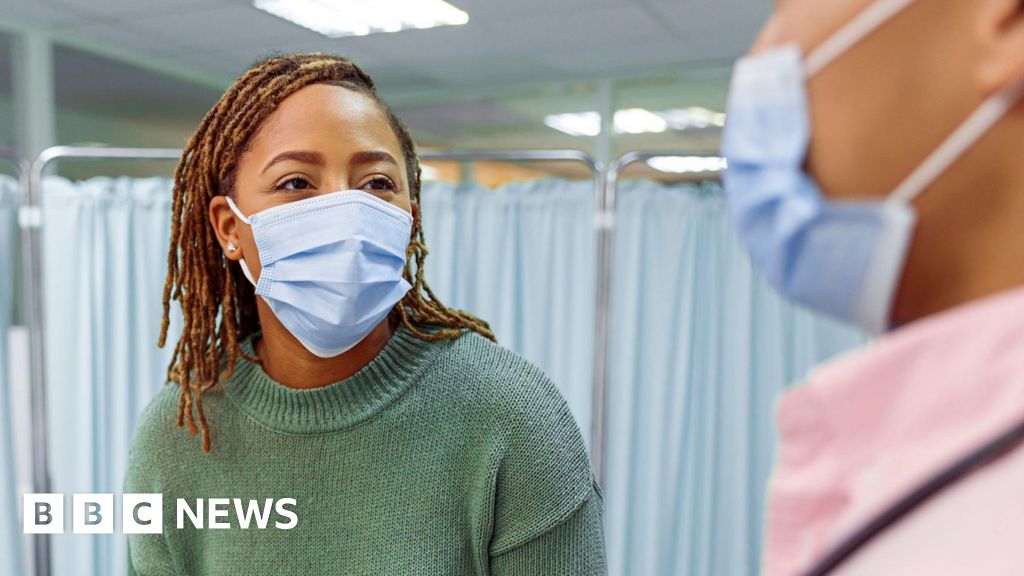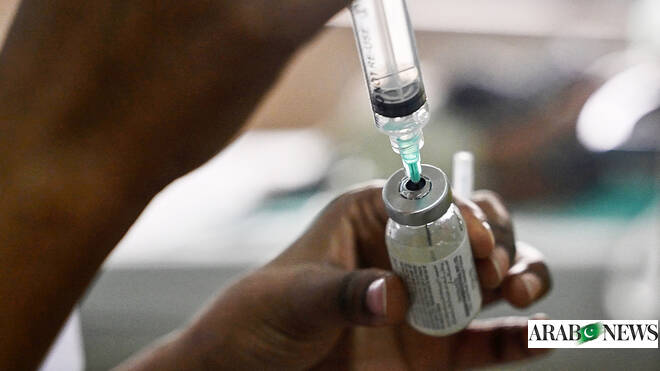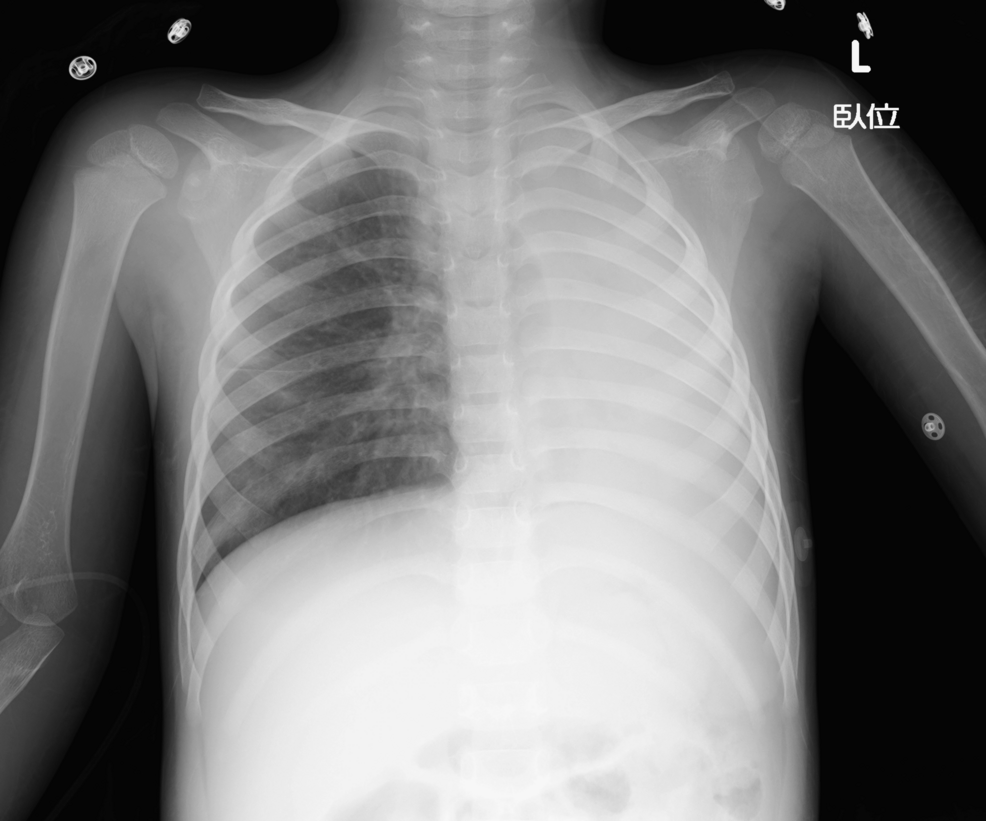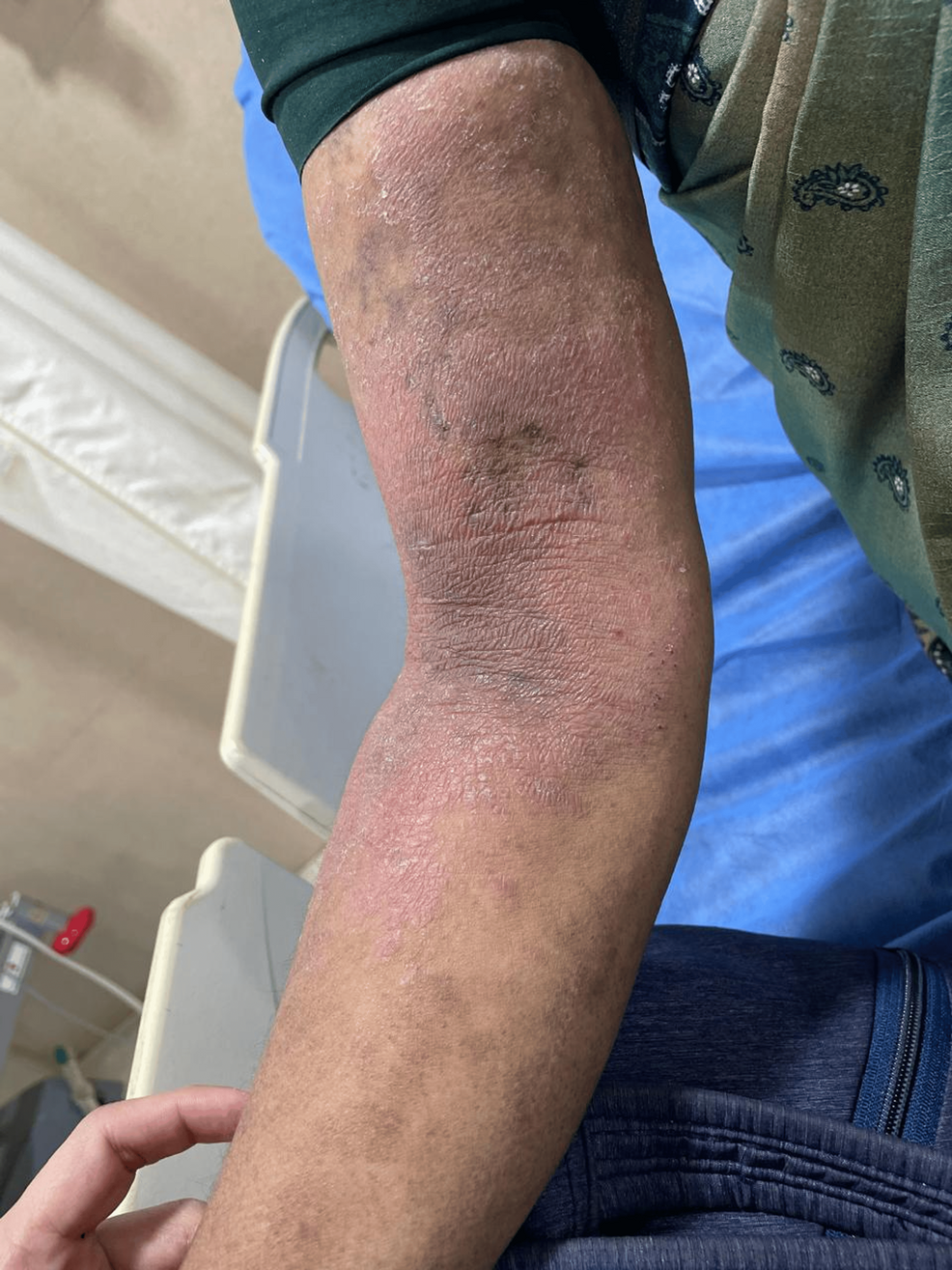Category: 6. Health
-

Understanding how the immune system protects against fungal pathogenicity
The yeast Candida albicans colonizes mucosal surfaces and is usually harmless. However, under certain conditions it can cause dangerous infections. A research team at the University of Zurich has now discovered how the immune system…
Continue Reading
-

Modulating key interaction prevents virus from entering cells | WSU Insider
PULLMAN, Wash — Washington State University researchers have found a way to modulate a common virus protein to prevent viruses from entering cells where it can cause illness, a discovery that could someday lead to new antiviral…
Continue Reading
-

Masks to be worn at Royal Berkshire NHS trust as flu cases rise
Visitors at an NHS trust are being asked to wear face masks across its site as cases of respiratory illnesses rise.
The Royal Berkshire NHS Trust, which runs the Royal Berkshire Hospital in Reading, announced the measure is to help its “vulnerable…
Continue Reading
-

Pakistan confirms H3N2 ‘super flu’ cases, issues winter surge advisory
TEHRAN, Iran: Afghanistan’s neighbors met in Iran and agreed to deepen regional coordination to address political, economic and security challenges, as well as calling for sanctions on Afghanistan to be…Continue Reading
-

15 biotech companies to watch in 2026
For this year’s ‘biotechs to watch’ selection, each Labiotech journalist picked five companies they believe will be worth following in 2026. Some earned their spot after clear momentum in 2025, while others have important clinical,…
Continue Reading
-

Breakthrough on Gene Therapy for Hereditary Spastic Paraplegia
There is no cure for the rare disease Hereditary Spastic Paraplegia (HSP), but researchers from Drexel University’s College of Medicine…
Continue Reading
-

Steroids Can Be Used Safely Before Lymphoma Biopsy
Doctors may not need to avoid steroids before biopsy in patients with a common aggressive lymphoma, according to a new study from a US academic medical center. The research suggests that short-term corticosteroid use does not appear to…
Continue Reading
-

Artificial Intelligence in Cardiology: The Current Applications and Future Directions – Cureus
- Artificial Intelligence in Cardiology: The Current Applications and Future Directions Cureus
- AI model helps diagnose often undetected heart disease from simple EKG University of Michigan Health
- AI to Predict Heart Attacks and Other Diseases Ten…
Continue Reading

